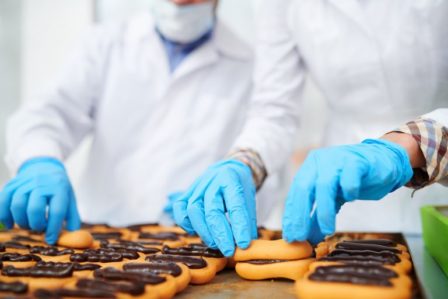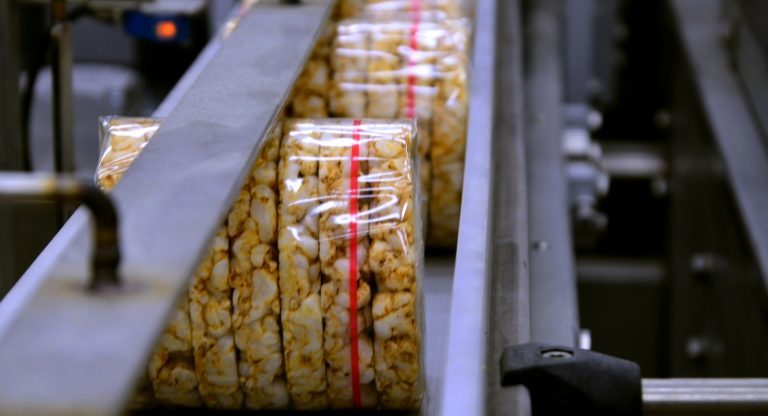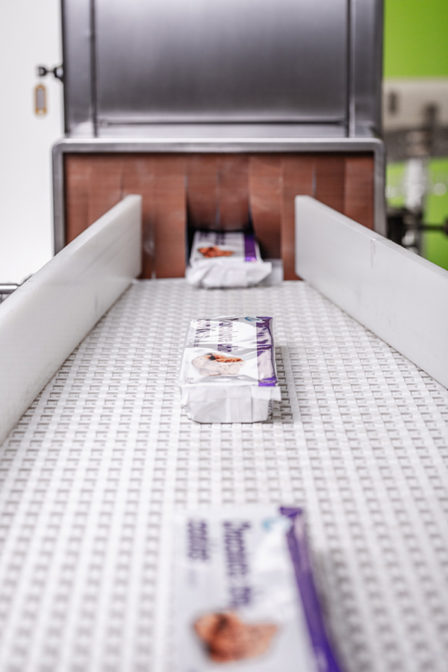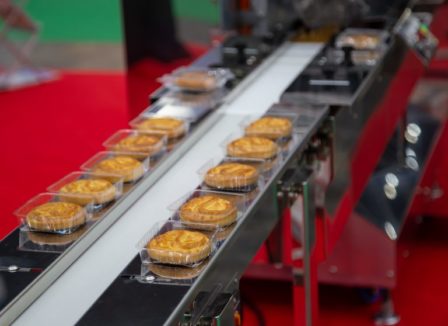How to Prevent Plastic Contaminants In Food Production?
In order to completely eliminate the possibility for any plastic contaminations, food producers should minimize the use of plastic or rubber in the production environment. It is not very realistic to completely eliminate these materials from the production since many processing machines have plastic parts in them. That’s why we have to find other ways to prevent possible contamination.
The first, and probably the easiest thing to do, is to use X-ray visible tools, pens, gloves and band-aids in the production environment. They are made from food-safe materials and are enriched with materials to make them detectable with X-ray inspection systems. X-ray visible accessories, where the high-density detectable material is evenly spread across the item are the safest since it can be detected even if only a small fracture of it ends up in the production.
Usually, some of the high-risk contamination parts or accessories are of certain color, e.g. bright blue conveyor belt or red bread bag closer, so that an optical camera can detect them too. The only limitation with optical systems is that they detect visible contaminants on top of the product but not contaminants inside the product, as X-ray systems do.
To further improve the detectability of plastic or rubber contaminants, it is important that the detection is performed after the food product has been packaged and sealed. No matter what inspection method is used, the detection rate drops if the products are inspected in their secondary packaging, e.g. a carton box with tens of packaged products inside.
Also, when the inspection happens in the primary packaging phase, the benefits of an X-ray inspection can be utilized more efficiently, e.g. the detection of desirable plastic components such as plastic utensils.
In conclusion, there are several steps a food producer can take to improve the detection of hazardous contaminants, such as plastic and rubber. The first thing is to acknowledge the risk of contamination, then reducing the risks of exposure, and finally the most important decision of implementing proper inspection equipment to ensure the safety of your food products and to protect your customers and your food brand.



